I'm not sure which book you are reading, so some background information may help before I answer the questions specifically.
Firstly, increasing the number of epochs won't necessarily cause overfitting, but it certainly can do. If the learning rate and model parameters are small, it may take many epochs to cause measurable overfitting. That said, it is common for more training to do so.
To keep the question in perspective, it's important to remember that we most commonly use neural networks to build models we can use for prediction (e.g. predicting whether an image contains a particular object or what the value of a variable will be in the next time step).
We build the model by iteratively adjusting weights and biases so that the network can act as a function to translate between input data and predicted outputs. We turn to such models for a number of reasons, often because we just don't know what the function is/should be or the function is too complex to develop analytically. In order for the network to be able to model such complex functions, it must be capable of being highly-complex itself. Whilst this complexity is powerful, it is dangerous! The model can become so complex that it can effectively remember the training data very precisely but then fail to act as an effective, general function that works for data outside of the training set. I.e. it can overfit.
You can think of it as being a bit like someone (the model) who learns to bake by only baking fruit cake (training data) over and over again – soon they'll be able to bake an excellent fruit cake without using a recipe (training), but they probably won't be able to bake a sponge cake (unseen data) very well.
Back to neural networks! Because the risk of overfitting is high with a neural network there are many tools and tricks available to the deep learning engineer to prevent overfitting, such as the use of dropout. These tools and tricks are collectively known as 'regularisation'.
This is why we use development and training strategies involving test datasets – we pretend that the test data is unseen and monitor it during training. You can see an example of this in the plot below (image credit). After about 50 epochs the test error begins to increase as the model has started to 'memorise the training set', despite the training error remaining at its minimum value (often training error will continue to improve).

So, to answer your questions:
Allowing the model to continue training (i.e. more epochs) increases the risk of the weights and biases being tuned to such an extent that the model performs poorly on unseen (or test/validation) data. The model is now just 'memorising the training set'.
Continued epochs may well increase training accuracy, but this doesn't necessarily mean the model's predictions from new data will be accurate – often it actually gets worse. To prevent this, we use a test data set and monitor the test accuracy during training. This allows us to make a more informed decision on whether the model is becoming more accurate for unseen data.
We can use a technique called early stopping, whereby we stop training the model once test accuracy has stopped improving after a small number of epochs. Early stopping can be thought of as another regularisation technique.
